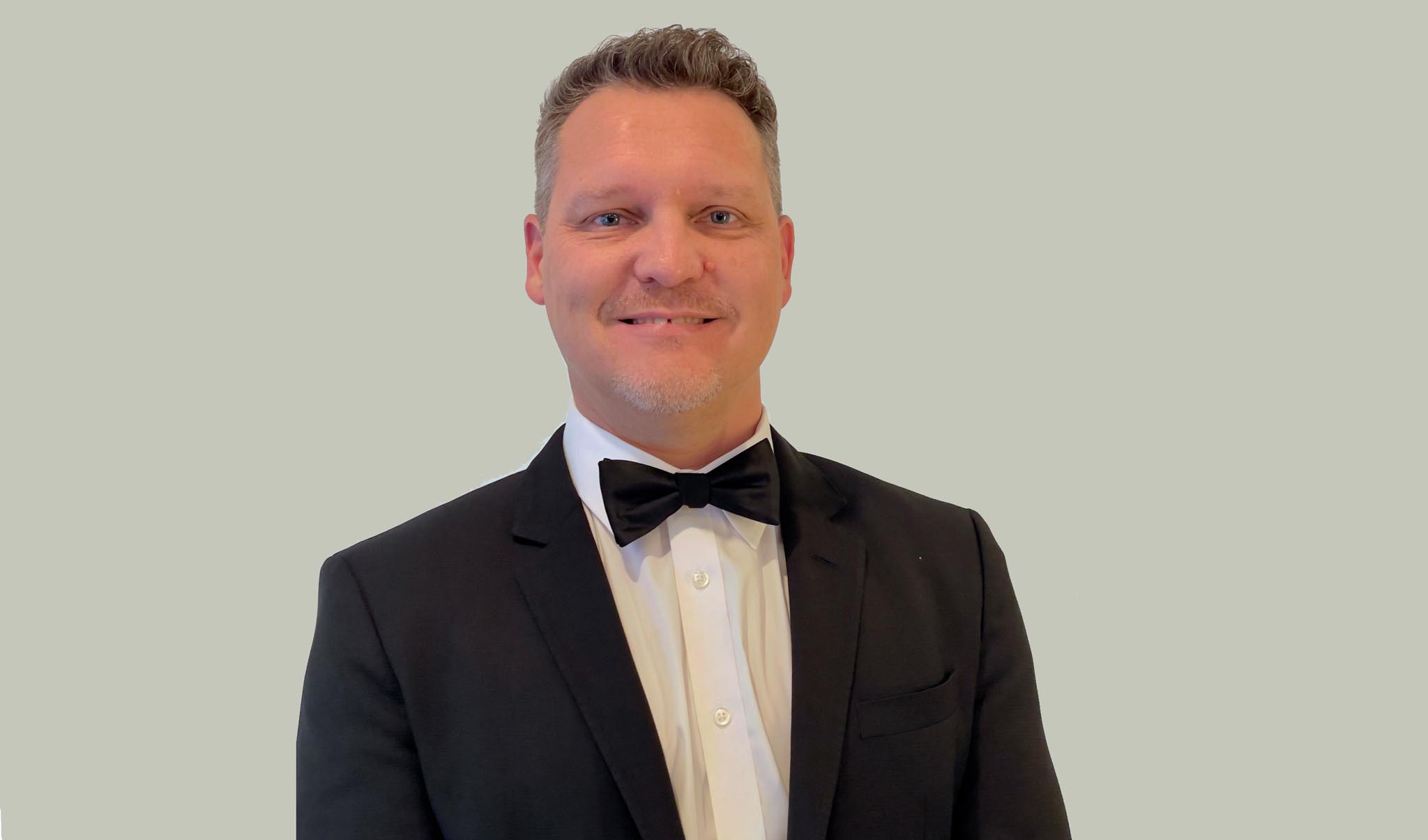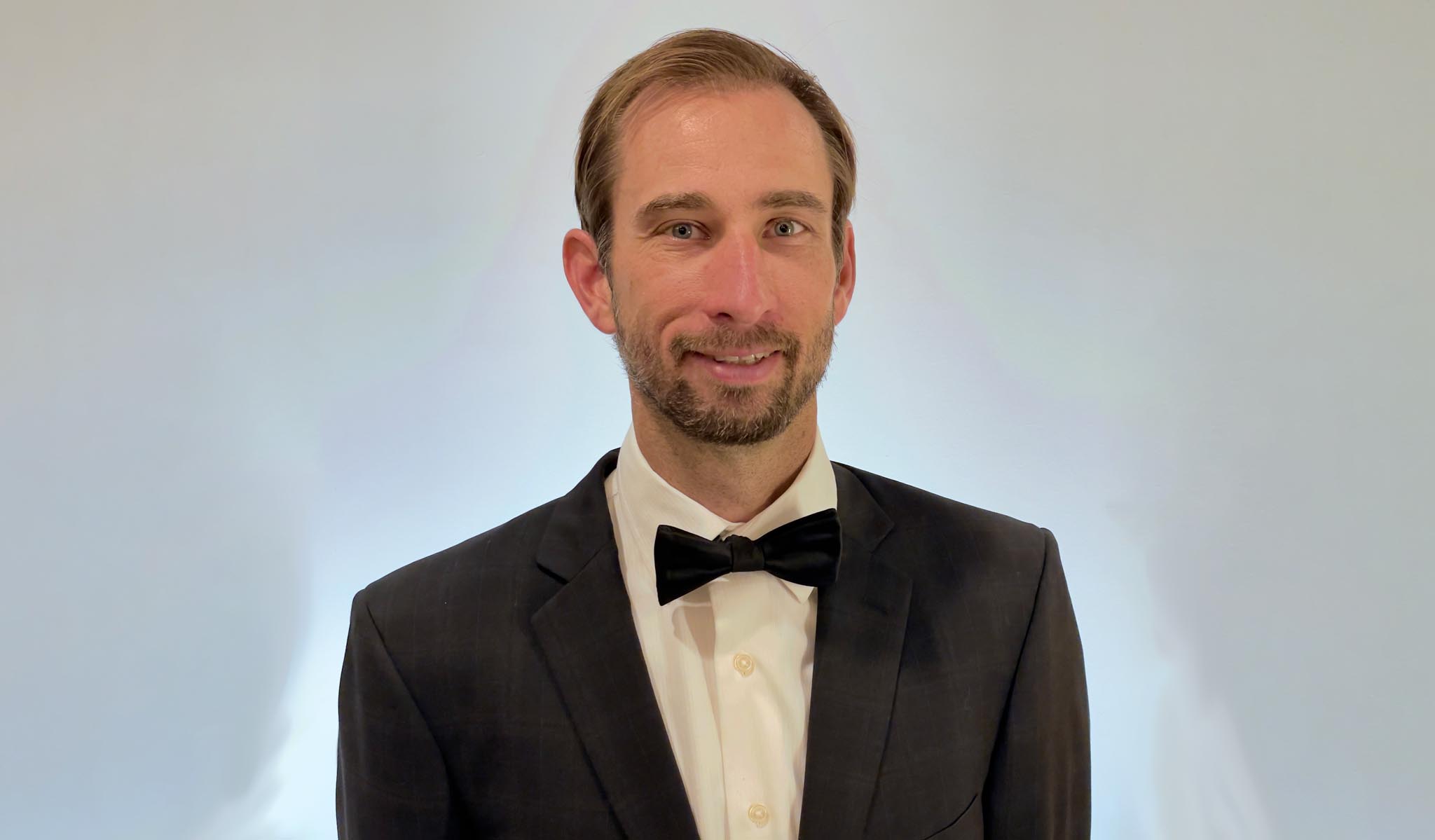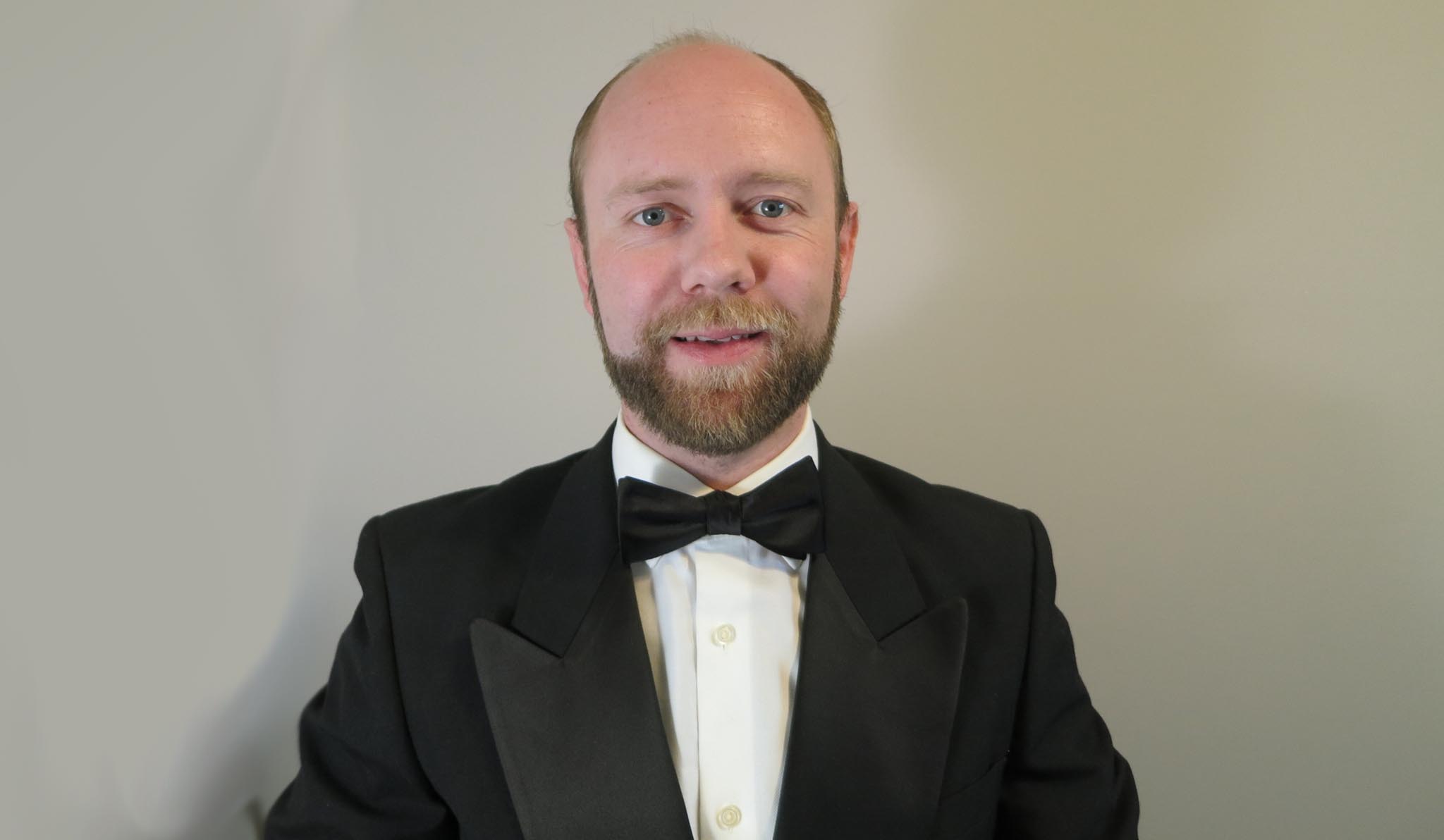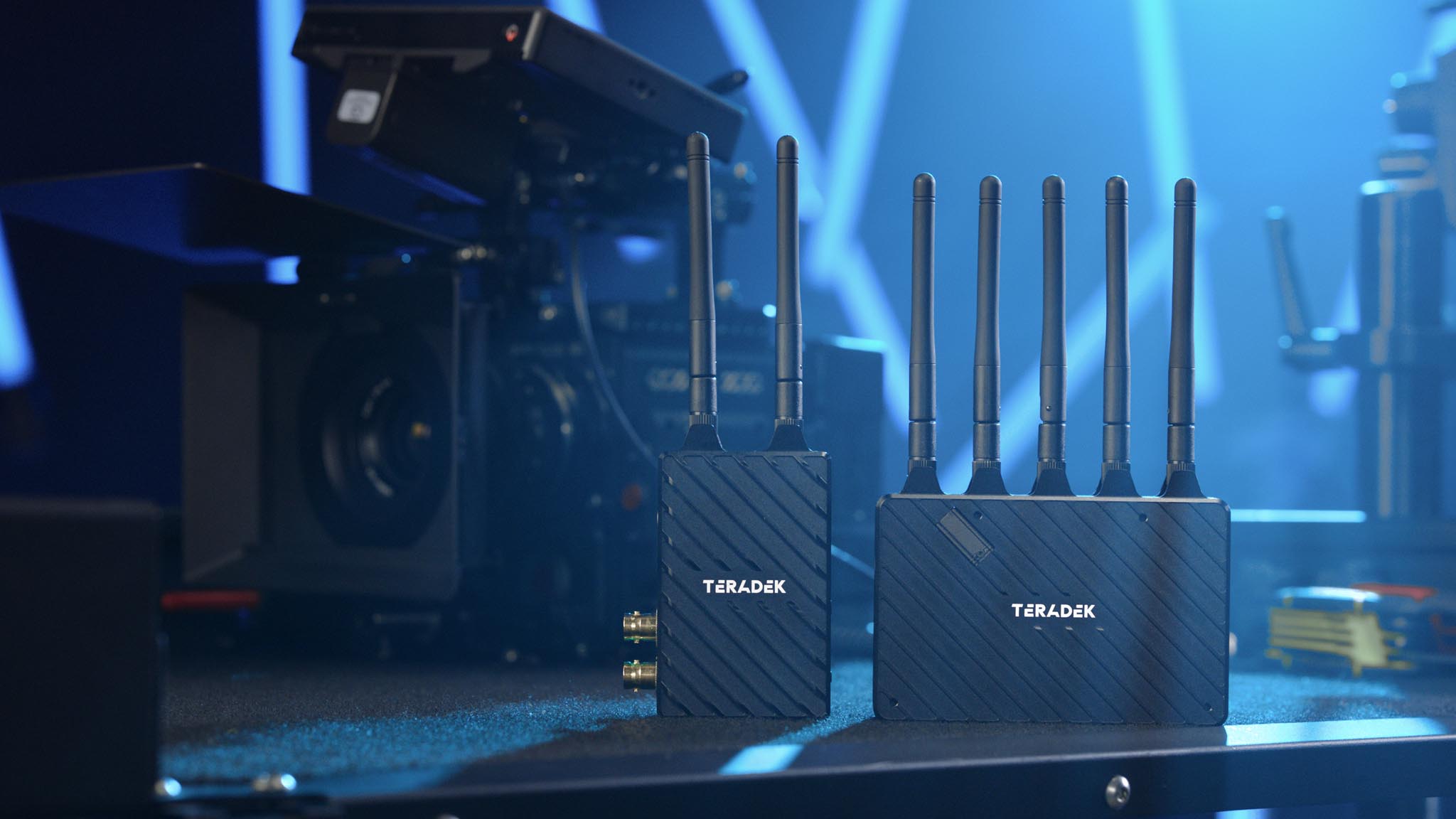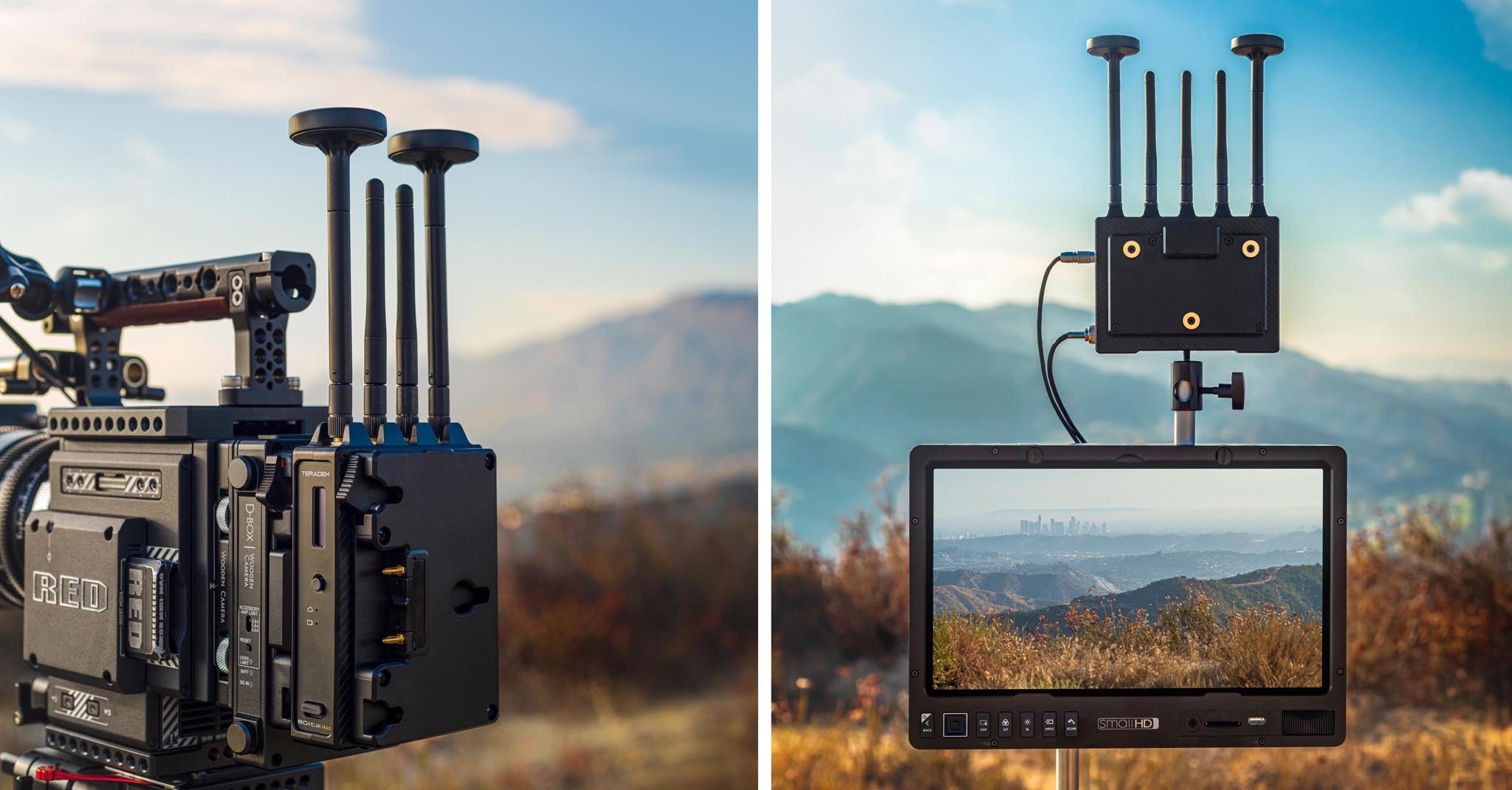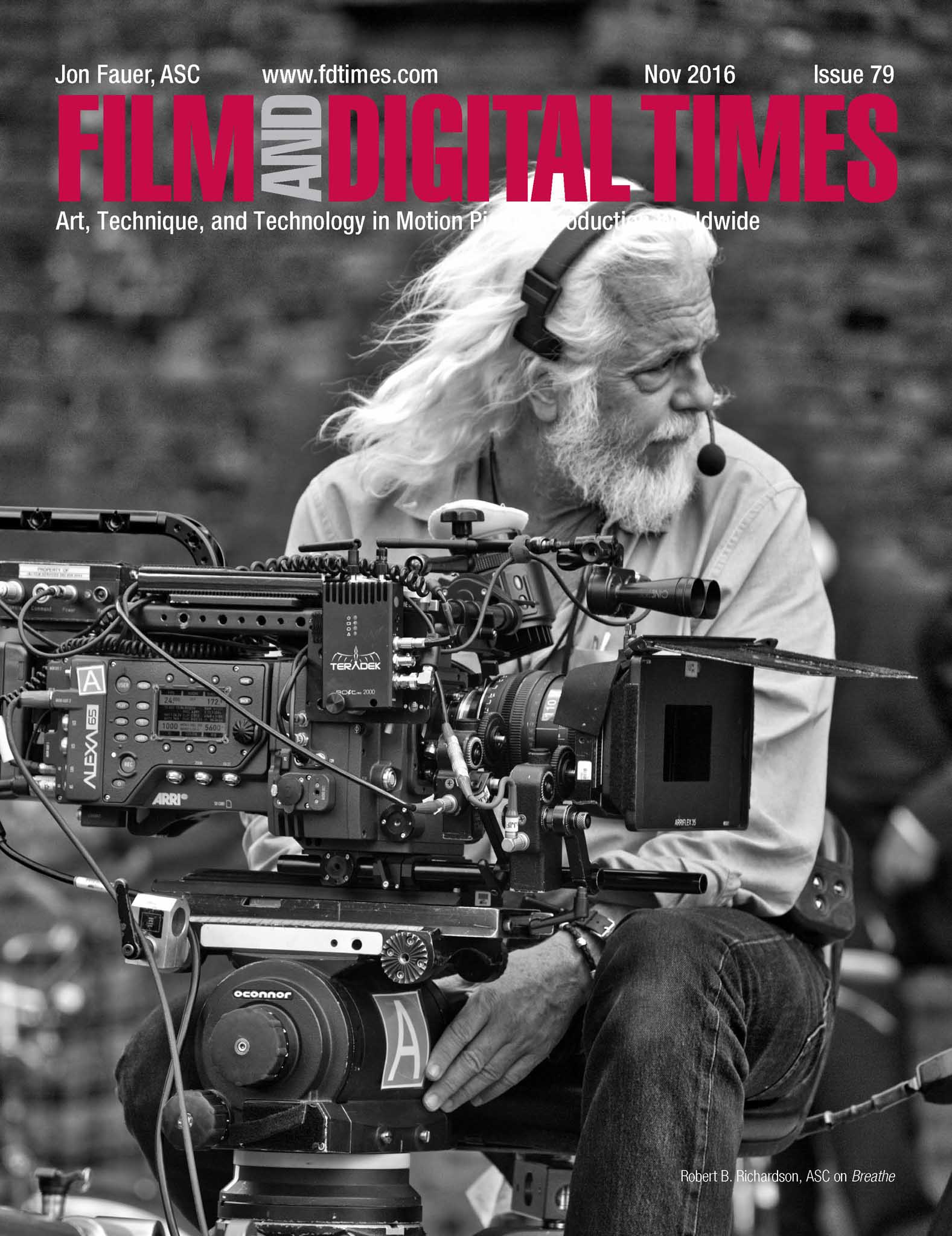Saturday, February 13. The Academy of Motion Picture Arts and Sciences honored 55 individuals and 2 companies in a virtual Scientific and Technical Awards (Sci-Tech) presentation. Watch the recorded event. Three of these recipients are well-known to FDTimes readers. They graciously endured interviews. Here is the first of three: Nicol Verheem.
Nicol Verheem is the Founder & CEO of Teradek and CEO of Creative Solutions. He graduated with a B.Sc. EE from University of Pretoria, South Africa.
Nicol Verheem
Jon Fauer: Congratulations on receiving a Sci-Tech Award. Comments?
Nicol Verheem: What stands out, and something that we would like to recognize, is this: As you know, we combined Teradek and Paralinx, two small California companies; added a company from North Carolina, SmallHD, run by two big bearded guys; Wooden Camera in Dallas in Texas, run by husband and wife; and then Amimon in Israel. All fairly small by themselves. This is Creative Solutions, a real melting pot of people and products. These companies all have very different cultures, but we managed to combine them into something that was so much stronger than the individual elements. If you look at CS, we are actually a model of strength in diversity. We want to recognize that great things can be done even by humble people from humble beginnings when your goal from the onset, is to achieve unity. In building Creative Solutions, we’re not trying to dominate the industry, we just want all of us, to work together.
That’s nice. Did I ever tell you the motto of the school I attended in New York City? Collegiate School is the oldest school in the United States. It was founded by the Dutch in 1628 and the motto on the wall we passed every day was “Eendracht maakt macht” — in unity there is strength. I wrote about this last month with reference to the L-Mount alliance, but now you can tell me how to pronounce it as well.
I grew up with that motto! It was the motto of South Africa, printed on all our coins. Did you know it’s still on Brooklyn NY’s seal and flag? The origin is in the Latin phrase “Ex Unitate Vires,” which translates as “From unity, strength.” It is very similar to “E pluribus unum,” which means, “From many, one”. It’s a continuation of the same theme. We take many insignificant pieces and put them together into something remarkable. You take the technology from Amimon and add it to the applications that Teradek targeted. We were never that successful until we had their technology; similarly they were not successful on their own. But once we put the two together and united our efforts, it became something that was much more meaningful than going at it separately.
What does the Sci-Tech award mean to you and to the company?
It’s a huge honor for us and yet it’s quite surreal. But I do have to point out that the way the award is bestowed to individuals was a concern to us. We didn’t want to name just a few individuals, because by implication you’re going to miss so many people who also played a role. It’s a bit bittersweet because they didn’t award Teradek, they awarded just three individuals. Of course, we respect that, but there is a whole team of people who contributed to this endeavor over more than a decade. In the end, I as the founder of Teradek; Greg, the founder of Paralinx; and Ilya the PhD, are the only people who were recognized. However, there are many more who worked on this product for a long time to get it to the level where it is.
Nonetheless, it’s a massive privilege to receive this recognition and it’s extremely rewarding to us because it means we actually did make a meaningful difference. I keep going back to that one word, meaningful. If you look at the wording that the Academy uses, they give this award to someone who has contributed to the advancement of filmmaking in significant and lasting ways. That quote is almost worth more than any plaque or certificate—just to think that we made a meaningful difference to an industry that we love. That is the real reward. And that is luckily something that we can easily all share.
The unselfish part of me, which as I grow older, became the bigger part, gets a real kick out of sharing this. It so happened that my Mom, who is also an avid reader of FDTimes—she has all the copies—saw your post and she sent me an email to say that she still hasn’t calmed down and she forwarded it to cousins and nieces whom I haven’t heard from in years, and they actually all got in touch. My mother-in-law, a lovely lady, reminded me of the old expression, “Behind every successful man, there is a great woman.” But what she actually said was, “Behind every successful man, there’s a highly skeptical mother-in-law.”
I’m sure your mother-in-law kept asking, as did mine, when are you going to get a real job?
Exactly. She’s glad we finally got somewhere with Teradek.
On February 1st, 2020, you and I were at BSC Expo, having dinner at 110 Taillevant in London and I remember you had just been asked to present to the Sci-Tech committee. That was our last dinner or foreign trip before everything shut down. You discussed making a video, which I hope you will post online.
But I have to tell the story in full. I got notice while we were in London: having applied, we now had to submit something to be considered. The presentation was to be two days from then, basically one day after I was going to be on an airplane back from London to California. I only had this one evening to prepare a submission, which could be written or a slide presentation. Except, as you know, I have real difficulty presenting to large audiences; I absolutely dread public speaking.
So I had to prepare the presentation that night in my hotel room, on my laptop, before jumping on a plane early the next morning. I only had access to whatever I could Google that was in the public domain: no fancy graphics, no BTS, nothing else. I decided to build a Keynote slide deck and to record it as a video file to remove the pressure of public speaking. Except I didn’t have a microphone. I didn’t have a camera. The only lighting was from the dreary hotel room. I didn’t have any nice BTS pictures or fancy animations. So, I decided to just do it as a narration over a set of still photos in Keynote. I am proud of the output, given what tools were available. I didn’t want to make it too much about us or even the product. I wanted to give credit to the distinguished people who paved the way: Maxwell, Marconi, Shannon. Not many people know Maxwell, but he arguably had a more profound impact on modern life than Einstein did. It’s remarkable.
I put the script as notes at the bottom of each slide and read through it as I advanced in a single take and saved it as a .mov file. The story went like this:
“Teradek Bolt is a wireless radio transmitter. It transmits uncompressed video with no delay up to two miles away. It all began in 2010, when it all started, we realized there was a big opportunity in untethering the monitor from the camera. Digital cinematography had really just started, with the RED One and the Canon 5D Mark II, and cinematographers were eager to use cameras in new and far more flexible ways. Cameras were continuing to move to Steadicams, dollies, jib arms and cranes; plus drones were taking off. But coax cables were holding things back. It wasn’t good enough.
By the way, Heaviside is the guy who invented transmission line theory, the principle on which coax cables are based; and this was one of my worst subjects at university. So we developed a miniature wireless transmitter, small enough to mount on even a DSLR. It was capable, sturdy, yet still affordable. This was the Cube; but we had one big problem. It had a small, but noticeable delay, not much, just five or so frames, but we knew this was holding it back. It wasn’t good enough.
And this is when we discovered Amimon. Amimon’s technology managed to send uncompressed video over a wireless signal without any delay, but the product wasn’t meant for cine production, it was meant for living rooms. So even that wasn’t good enough. The range was too short and there was no support for SDI or metadata of 24 frames per second.
And that’s where things picked up speed. Teradek and Amimon worked closely together to refine the technology and create the Teradek Bolt. Finally, it was good enough! By now 100,000 systems have been sold, and hundreds of thousands of productions globally have benefited from cameras being freed from their cables.”
Nice. And no Academy award is complete without profuse thanks, ideally before the music cuts you off.
I’ll read my note of thanks.
I’m honored and delighted to accept this award on behalf of everyone at Teradek. I would like to thank the Academy members and the committee for recognizing this achievement. It is not every day that an engineer gets any credit. We have to thank Maxwell, Marconi and all the scientific giants who made this remarkable technology possible. We have to mention Deanan Desilva at RED who introduced us to Amimon.
At Teradek, we have to thank Dennis Scheftner who designed the first, and every Bolt, since 2012, and also came up with the name “Bolt.”
Dr. Ilya Issenin for doing some dark magic to make it work, and Richard Billett for testing and supporting countless crews on site.
Marius van der Watt for overseeing all of engineering development, over many generations; and Greg Smokler, for always representing the way actual filmmakers actually use the product (Greg’s interview appears in a separate post); and dozens more of our hard-working team.
We have to thank beta testers like Joshua Gitersonke and Jamie Metzger who helped shape the product over many years.
Thanks to Vitec for the financial support to build Teradek into the global brand that it has become.
But most of all, we have to thank the customers: the tens of thousands of camera crews, Steadicam and drone operators, DPs, DITs and First ACs who helped us build a product that has impacted the industry we love in a meaningful way. Maxwell would be proud.
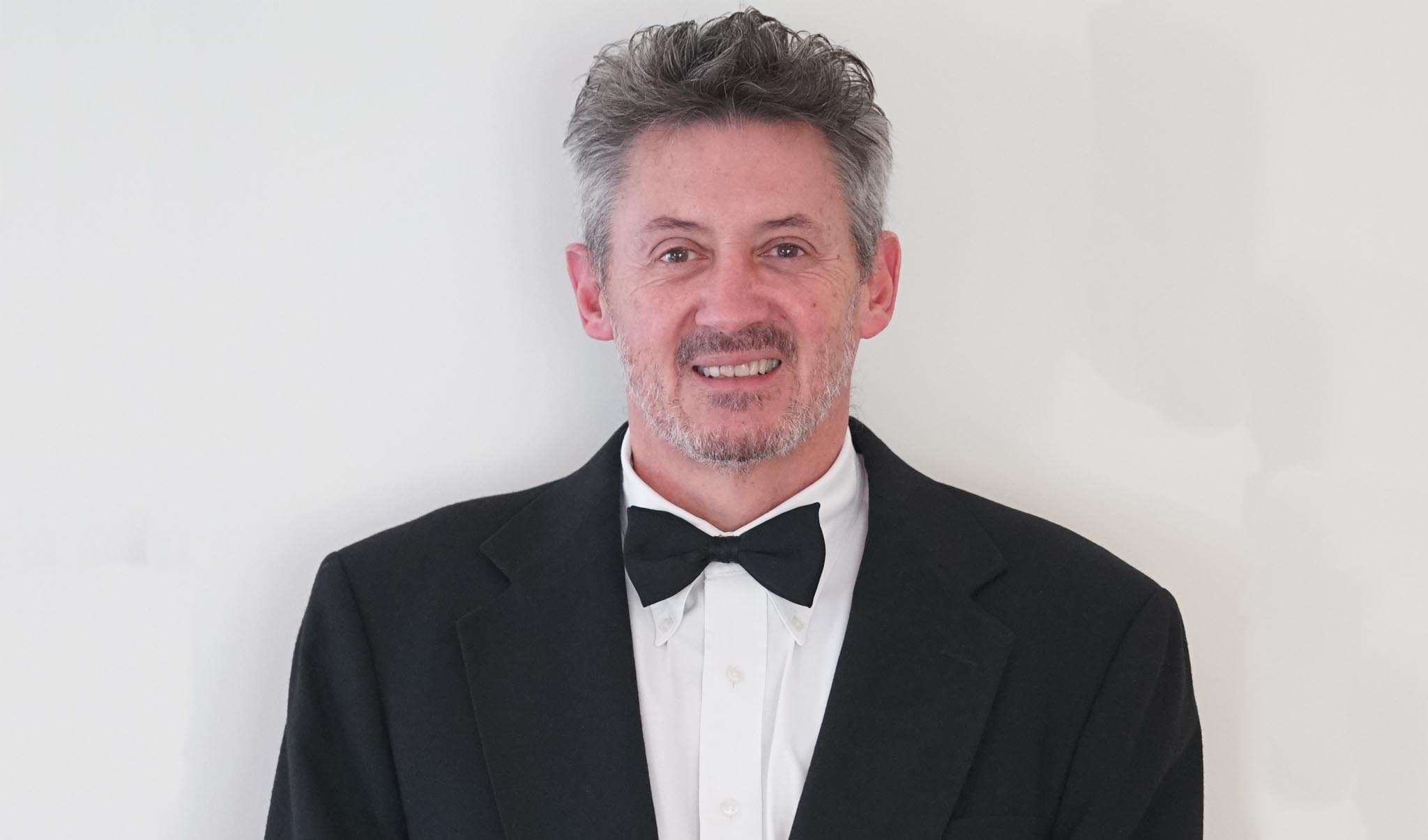
Marius van der Waat (above) and Dennis Scheftner (below) — two of the Teradek team who worked on Bolt for a decade.
That’s beautiful. I’m almost crying.
You sound like my mom. Seriously, though, let’s look at what all this emphasis on technology giants actually means for us. What our industry needs is not only the artists, but also to attract the interesting, talented young people working in technology to develop the tools that make our industry become even stronger and brighter. Technology is an enabler, but also a disruptor. If we don’t embrace technology in our industry, it will eliminate us.
Storytelling has never been more important. But just a good story is not enough. It hasn’t been good enough for a while, but especially now. Reed Hastings said their biggest competition is sleep. But it’s even worse than that. Yes, our stories are competing against sleep—but also against the quick fix dopamine pump of TikTok and Instagram “Likes,” and the news banging both truths and untruths around in our heads, like ping pong balls in a lottery. Our stories are competing for viewers’ time and for their mindshare. Competing against sleep, against hyper-stimulating short form content, AND against a media engine gone crazy. It’s like the song: It’s a cruel, crazy, beautiful world. We need to represent the beauty.
Our storytelling has to be so compelling, so immersive, so engaging, that people literally opt in to opt out of all that other noise. We need them to leave real life, grab some popcorn, and escape to a better world. Even if just for a moment. Even if it’s on a small screen. That’s not new.
What is new, and the real danger, is that our industry is in a race against the goliath tech giants that are taking over the world as we speak. A race for mindshare and for hiring talented people. I’m not anti-tech, I’m all for tech. As I said earlier, we need to embrace it. But we need to build our own high-tech industry inside the arts, for the arts. We need to work harder to nurture intelligent, talented, hardworking, energetic people within our industry itself. Cultivate them to make an impact not only on our industry, but on the world, through the stories we tell. We’ve always built the tools that tell the story. Now we need to build even better tools to tell even better stories! There’s our motto!
And hopefully that’s something these Sci-Tech awards can help promulgate.
Nicol: I hope so too!
See additional information on Teradek’s blog: “We’d like to thank the Academy.”
See FDTimes Special Report about Amimon, Creative Solutions, Teradek, and company visit.

